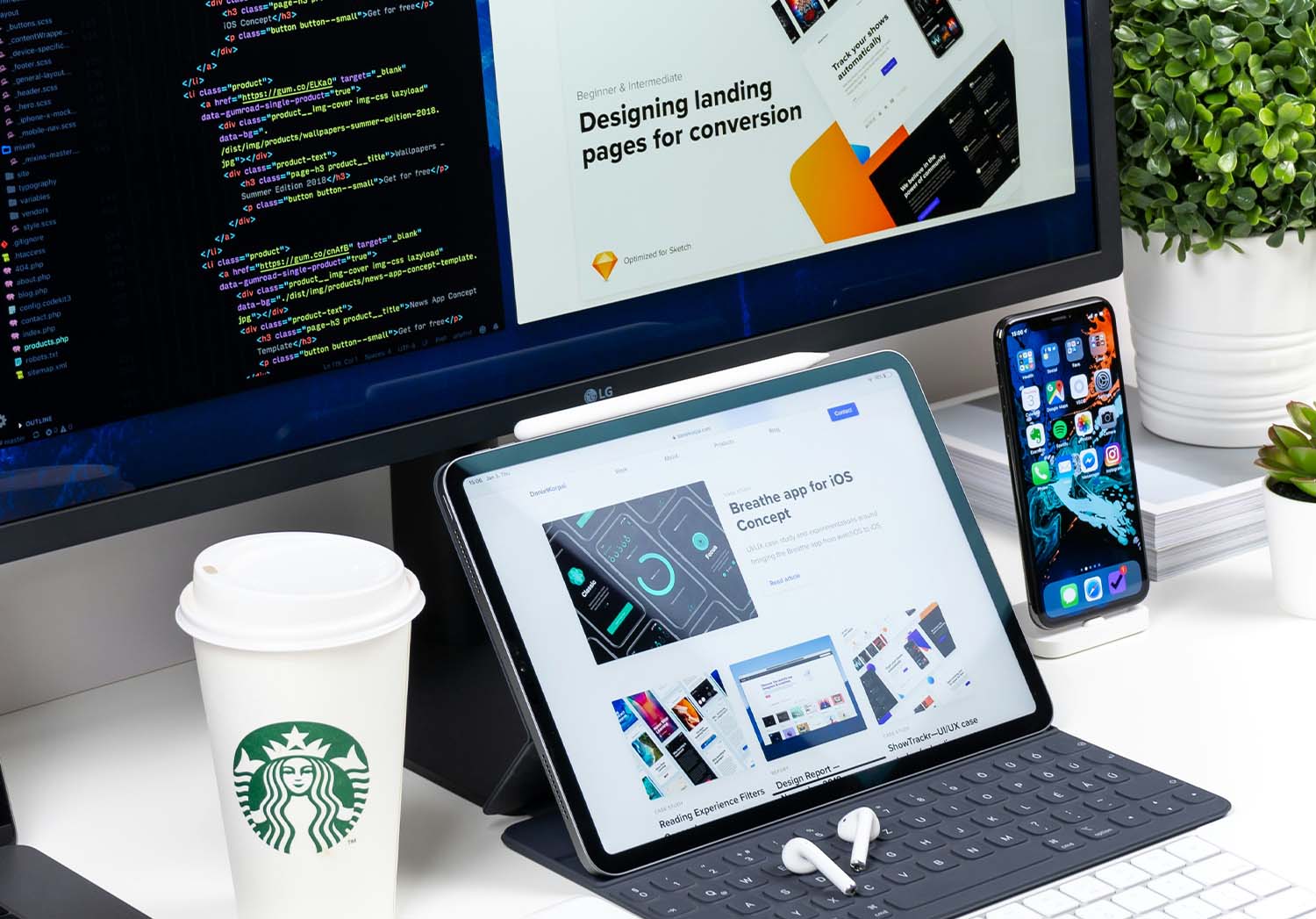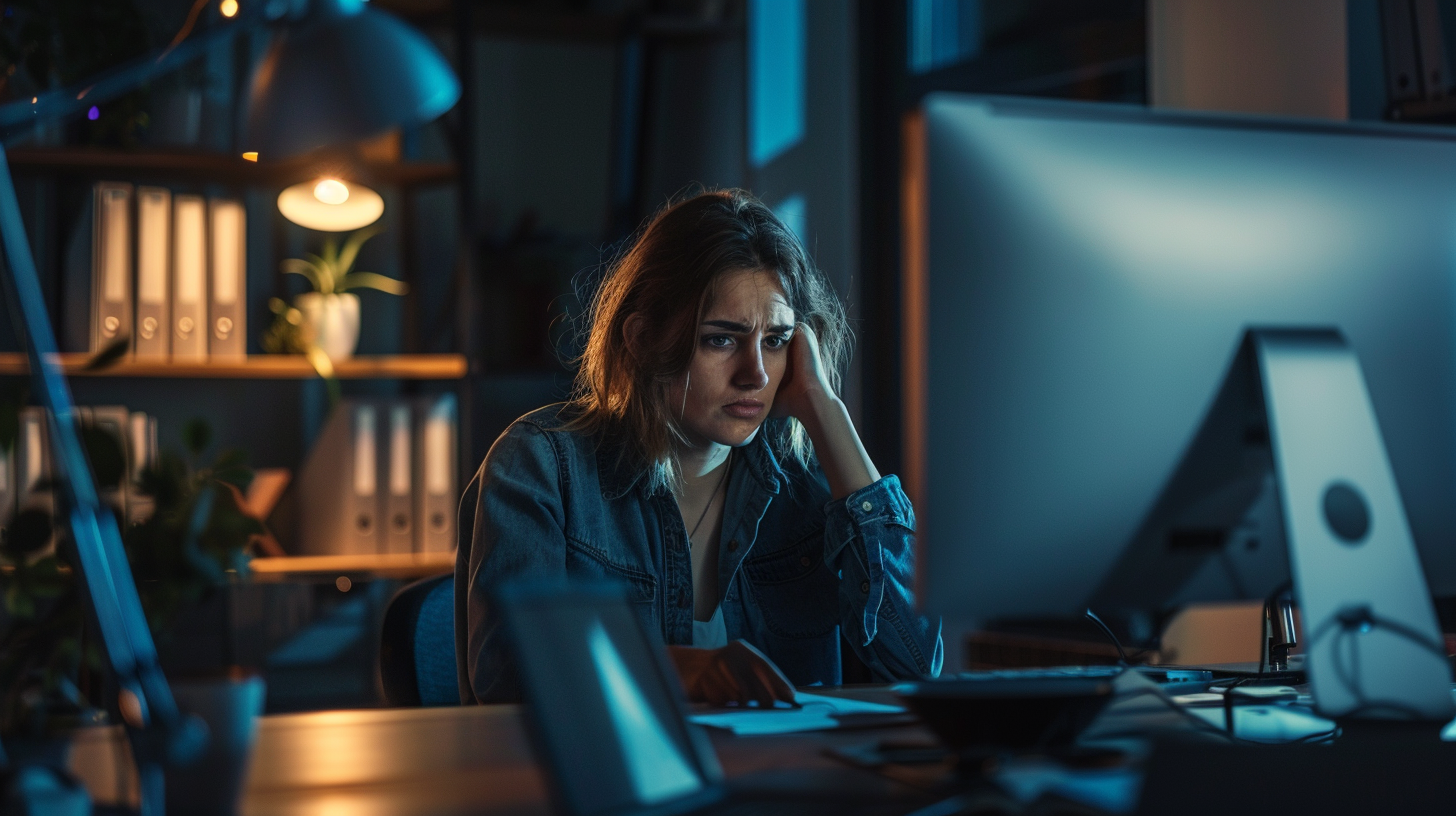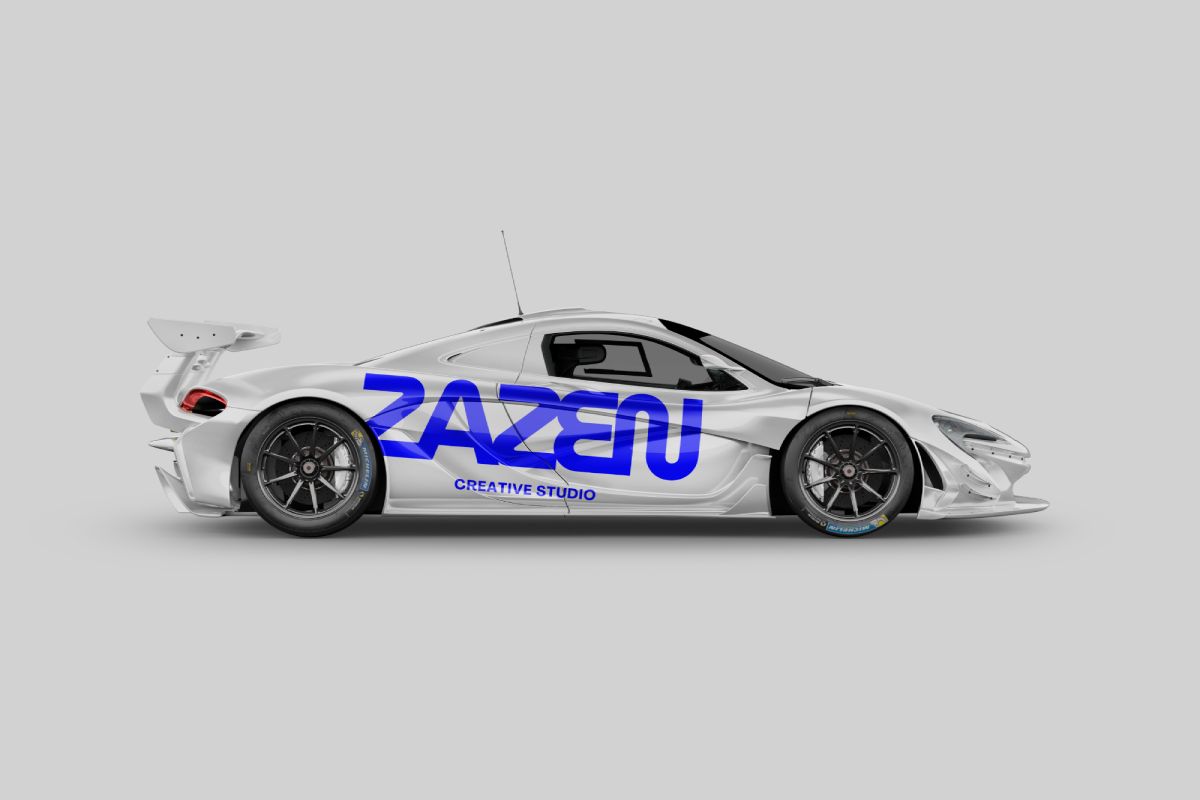Contents
A Day in the Life of a Savannah Website Designer
People always ask me what I actually do all day as a website designer in Savannah. They picture me sitting around making things look pretty, I guess. The reality is way more varied than that.
Let me walk you through what a typical day actually looks like – both for designers working at companies and freelancers like me here in Savannah.
How My Day Usually Starts
Morning Check-In
First thing I do is check emails and messages. Clients from around Savannah sending feedback, team members asking questions, project updates that came in overnight. I spend maybe 30 minutes just getting caught up on what needs attention.
If I’m working with a team, we might have a quick morning meeting – either in person or on Zoom. Who’s working on what, any blockers, deadlines coming up. Nothing fancy, just staying coordinated.
Reviewing the Day’s Tasks
I look at what needs to get done today. Maybe I’m starting a new homepage design, or finishing up revisions on a project from last week, or coding a contact form. I prioritize based on deadlines and what’s holding up other people.
Freelancers have more control over their schedule, but also more responsibility for managing everything themselves. No supervisor telling you what to do – you figure it out.
The Actual Work Part
Design Work
This is where I spend most of my time. Could be:
- Sketching layouts for a new website
- Creating mockups in Figma or Photoshop
- Choosing colors and fonts that match a brand
- Designing buttons, forms, and other interactive elements
- Making sure everything looks good on phones and computers
Some days I’m deep in creative mode for hours. Other days it’s more technical – adjusting spacing, fixing alignment, tweaking details.
Development Work
Depending on the project, I might spend time coding:
- Writing HTML and CSS to build pages
- Adding JavaScript for interactive features
- Customizing WordPress themes
- Testing forms and making sure everything works
- Fixing bugs or issues that came up
Smaller companies expect designers to handle both design and development. Bigger agencies usually separate these roles.
Client Communication
Throughout the day, I’m dealing with client stuff. Many of my clients are local Savannah businesses:
- Answering questions about the project
- Explaining design decisions
- Getting feedback on mockups
- Discussing revisions or changes
- Managing expectations about timelines
This takes more time than people realize. Clear communication prevents problems later.
Midday Reality Check
Collaboration and Coordination
On bigger projects, I’m coordinating with other people:
- Checking in with developers about technical limitations
- Working with copywriters on content placement
- Discussing timelines with project managers
- Getting input from other designers
Web design is rarely a solo activity, even for freelancers. You’re always coordinating with someone – clients, developers, content creators, whoever.
Dealing With Feedback
Clients send feedback. Sometimes it’s helpful, sometimes it’s confusing, sometimes it contradicts what they said yesterday. Part of the job is sorting through feedback and figuring out what actually needs changing versus what’s just personal preference.
You learn to ask clarifying questions instead of assuming you understand what they want.
Afternoon Grind
Revisions and Refinements
Based on morning feedback, I spend the afternoon making changes. Moving elements around, trying different layouts, adjusting colors, whatever needs work.
Sometimes you nail it on the first try. More often, designs go through multiple rounds of revisions before everyone’s happy.
Testing Everything
Before considering anything done, I test it:
- Does it work on different browsers?
- Does it look right on phones?
- Do all the links work?
- Are forms submitting properly?
- Does everything load fast enough?
Testing is boring but necessary. Better to catch problems yourself than have clients find them.
End of Day Wrap-Up
Progress Updates
I update whoever needs to know what got done today:
- Sending finished work for review
- Updating project management tools
- Letting clients know where we’re at
- Flagging anything that’s behind schedule
Good communication prevents surprises and keeps projects moving.
Planning Tomorrow
I look at tomorrow’s calendar and figure out priorities. What’s urgent, what can wait, what needs to happen first thing in the morning.
Freelancers do this constantly – managing your own workflow without someone else organizing it for you.
The Reality of After Hours
Meeting Deadlines
Sometimes you work late to hit deadlines. That’s just reality, especially if you’re freelancing or working on development-heavy projects where things take longer than expected.
Studio designers might stay late before big presentations or launches. Freelancers work weird hours based on when clients need stuff and when inspiration strikes.
Client Emergencies
Occasionally something breaks or a client has an urgent request. Freelancers especially deal with after-hours messages – “the website is down” or “we need this changed before tomorrow’s meeting.”
You learn to set boundaries, but sometimes you make exceptions for important clients or actual emergencies.
Different Types of Web Designers
Job Titles Matter
- Junior Web Designer – Entry level, learning the ropes, working under supervision
- Web Designer – Mid-level, handling projects independently
- Senior Web Designer – Experienced, mentoring others, making design decisions
- Design Director – Managing teams, overseeing multiple projects, less hands-on design
Specialized Roles
- UI Designer – Focuses on interface design and interactive elements
- UX Designer – Researches user behavior and optimizes experiences
- Front-End Developer – More coding-focused, implementing designs in code
- Back-End Developer – Database and server-side programming
The smaller the company, the more hats you wear. At a big agency, roles are more specialized.
Freelance Life Is Different
More Flexibility, More Responsibility
As a freelance Savannah website designer, I control my schedule but also handle everything:
- Finding clients around Savannah and beyond
- Managing invoices and payments
- Dealing with taxes
- Maintaining my own equipment
- Marketing myself locally
- Client communication outside work hours
You trade stability for freedom. Some people love it, some hate it.
Skills That Actually Matter
Technical Skills
- Design software (Photoshop, Figma, Sketch)
- HTML, CSS, JavaScript
- WordPress or other CMS platforms
- Responsive design principles
- Basic SEO understanding
Soft Skills
- Communication with non-technical people
- Time management
- Handling feedback without taking it personally
- Problem-solving when things don’t work
- Managing client expectations
The technical stuff you can learn. The soft skills separate good designers from frustrating ones.
The Honest Truth
Some days are creative and fulfilling. You solve a tricky design problem or build something that looks great and works perfectly.
Other days are tedious – revisions, bug fixes, client calls that could have been emails, chasing down content that was supposed to be ready weeks ago.
That’s the reality. Web design isn’t all creative freedom and beautiful portfolios. It’s a mix of creative work, technical problem-solving, client management, and administrative tasks.
But if you like solving visual problems, building things that people use, and seeing your work out in the world, it’s a pretty good career.
Thinking about becoming a website designer in Savannah? The field needs good people who can actually communicate and deliver work on time. Technical skills matter, but reliability matters more. Savannah’s growing tech scene offers opportunities for both in-house designers and freelancers willing to put in the work.





